2025 Hyundai Tucson Review – Finally a proper CR-V alternative
The Honda CR-V was my car of the year for 2024. It’s the most complete SUV you can buy right now, but after spending time in the facelifted 2025 Hyundai Tucson, I can see where the CR-V finally meets a real challenger.
The facelift looks subtle at first glance. A new grille, fewer DRLs and reshaped bumpers are about it, but the design still works beautifully. The Tucson manages to stand out without shouting, and in darker colours, it looks expensive and deliberate.
Inside, Hyundai has struck a nice balance between tech and usability. The twin 12.3-inch displays look premium and well integrated, but you still get physical controls for the air-conditioning and key functions. It’s refreshing in an age where most brands are rushing to remove buttons for the sake of minimalism. Everything feels solid and thoughtfully designed, for the most part (the gear selector behind the steering wheel isn’t immediately intuitive at first).
The CR-V still wins on outright space, but the Tucson feels more refined in execution. The materials are denser and there’s less flex when you poke around the cabin.
The audio system is another pleasant surprise. It’s not a Bose unit like in the CR-V Hybrid, but it sounds well balanced with a slightly bass-forward tone and good clarity up top. Most will find it perfectly satisfying.
Rear space remains generous, though the CR-V feels wider inside. Boot capacity is 582 litres, slightly less than the Honda’s 598, but in real use that difference is negligible.
Under the bonnet, the top-spec Hybrid pairs a 1.6-litre turbocharged engine with an electric motor for 235 PS and 367 Nm, driving the front wheels through a 6-speed torque-converter automatic. It’s smooth, quiet and consistent, with a natural power delivery that feels well tuned. It’s not as invisible as the CR-V Hybrid’s system, which operates almost imperceptibly, but it feels cohesive and well resolved. The petrol 1.6T uses a seven-speed DCT and feels a touch sportier in its response.
Ride quality is where the Tucson stands out. It behaves like a larger car, especially on the highway. The way it glides over imperfections and filters out noise gives it a sense of maturity that few in this class match. The gap between it and the larger Santa Fe isn’t as big as you’d expect, which says a lot about how far Hyundai has come in tuning comfort and refinement.
At the same time, it’s important to dissect the ride. The Tucson has that cushiony, wafty feel at higher speeds, yet stays in control without wallowing or excessive secondary movement. It’s a tricky balance to achieve, and Hyundai has done it well. The trade-off is at low speeds, where sharper edges can be felt. It’s the kind of setup that gets better the faster you go. I wouldn’t call it busy nor harsh, but there’s a hint of that firm, European tautness at town speeds.
Steering is nicely weighted and precise, body control is tidy, and the suspension feels properly sorted. Hyundai has genuinely nailed how to make a car feel cohesive, and it shows here.
If there’s a weak point, it’s the brakes. The pedal feels spongy and doesn’t inspire much confidence at first press. The main challenge is modulating them accurately without triggering sudden bite. You might feel like nothing’s happening, then get more braking force than expected. This behaviour is noticeable even in the non-hybrid version, which means the blended regen system in the hybrid only amplifies it. The CR-V does a far better job at managing this transition, making its braking feel more natural and predictable.
At RM 143,888 for the 2.0 Style, RM 164,888 for the 1.6T Prime, RM 186,888 for the 1.6T Prestige AWD, and RM 197,888 for the 1.6T Hybrid Prestige, the Tucson lineup feels intentionally positioned.
It’s clear Hyundai Motor Malaysia benchmarked the CR-V directly, and the Tucson matches or surpasses it in refinement, design, and cabin quality. The CR-V still leads in practicality, outright user-friendliness, and ergonomics, but the overall difference between the two isn’t night and day.
To be honest, I’ve looked for glaring downsides and couldn’t really find many. If the CR-V’s design doesn’t appeal to you, the Tucson is the one to test. It drives nearly as well, feels even more refined on the highway, and looks more distinctive.
I know what some will say, “Why buy this when the Chinese brands give you more space and tech for less?” And sure, on paper, they do. But that’s not what this is about. The Tucson feels like it’s been built by people who actually drive. The way it rides, steers and responds feels natural, not programmed. That cohesion is still something the Chinese makes haven’t quite figured out yet.

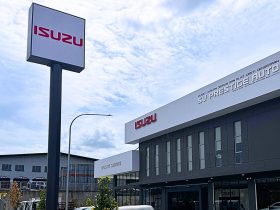

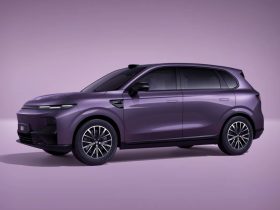
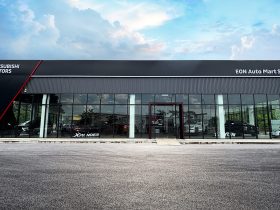
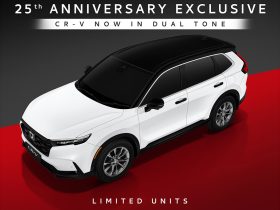

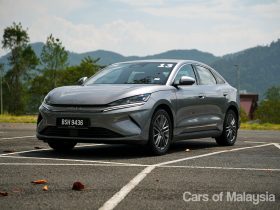

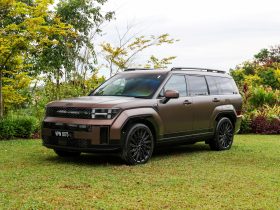

















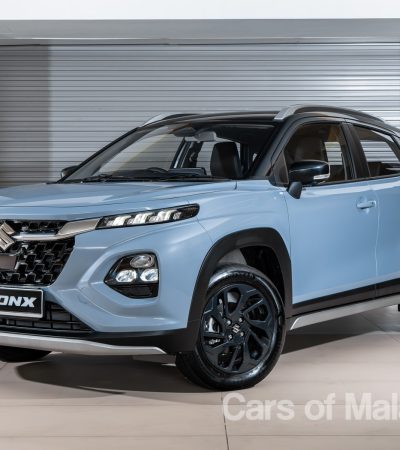
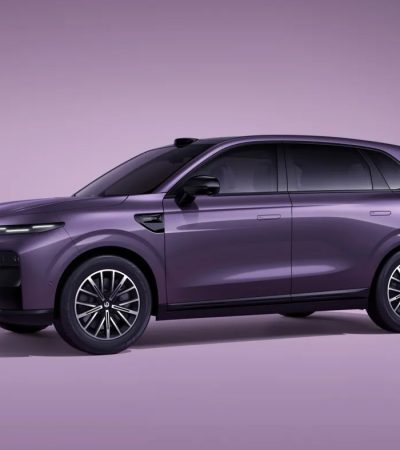
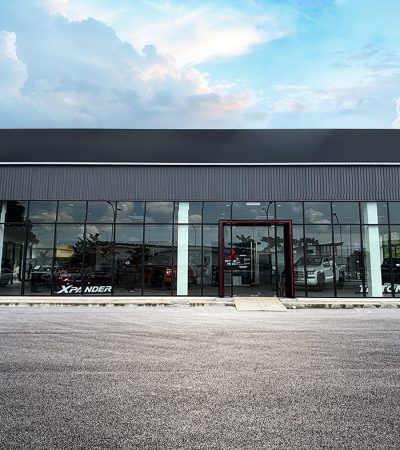
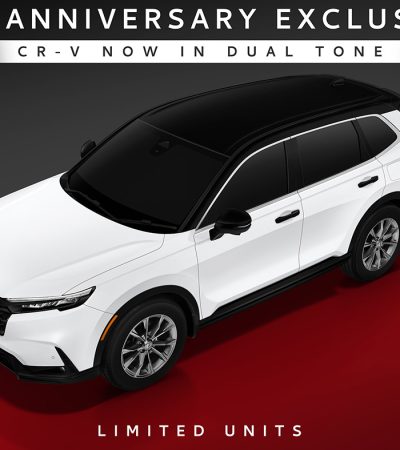
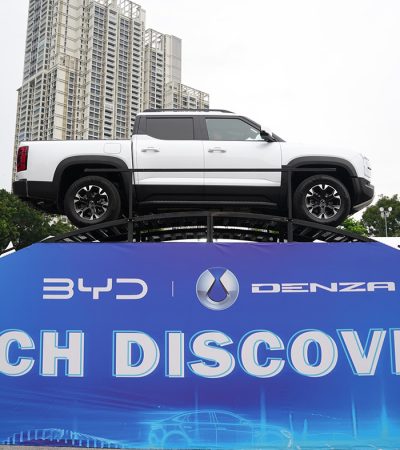
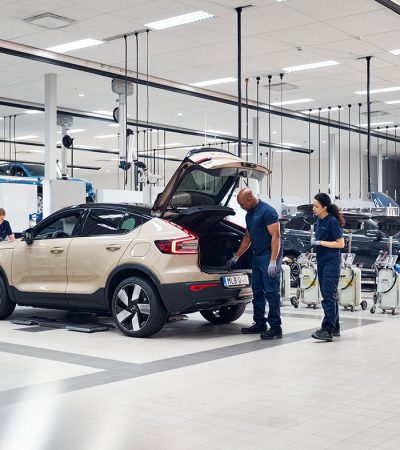
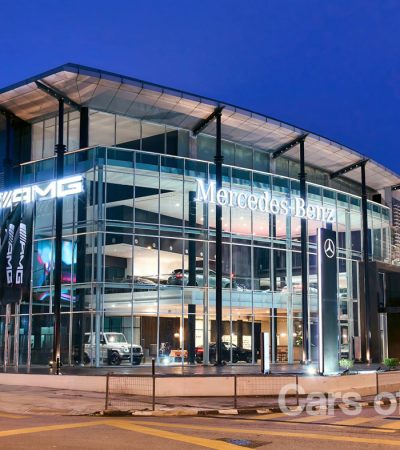
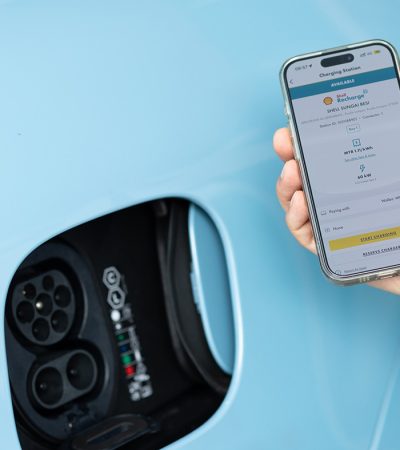






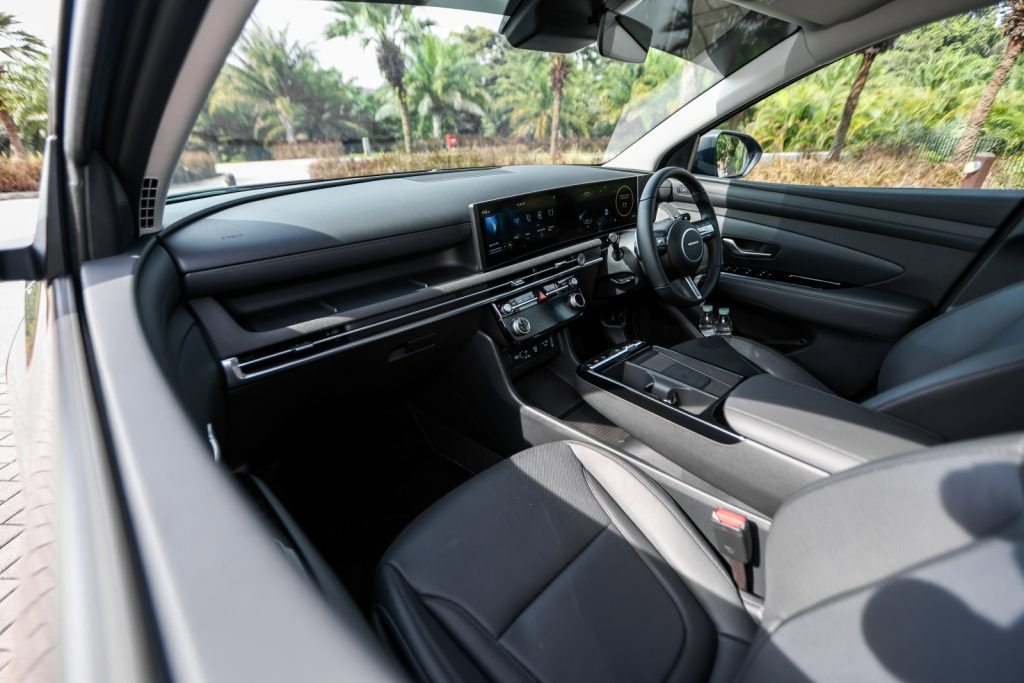

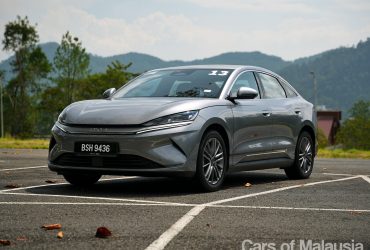

Leave a Reply